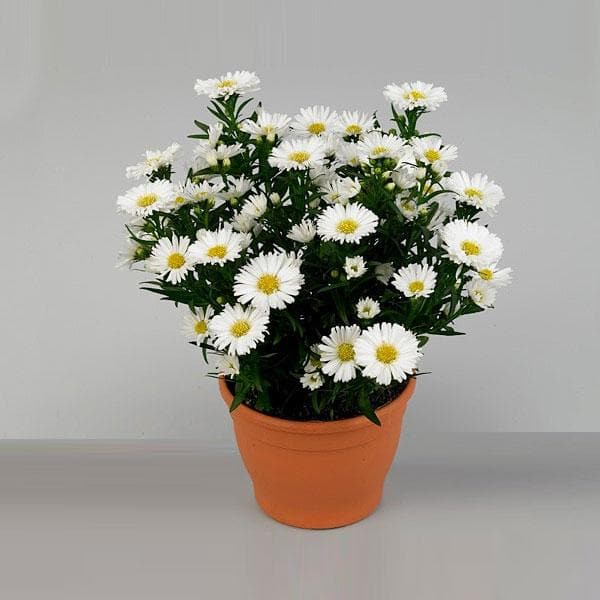
Aster (White) - Plant
(MRP Inclusive of all taxes)
- Shipping ₹79 for entire order
- Dispatch in 7 days
- Country of origin: India

(MRP Inclusive of all taxes)
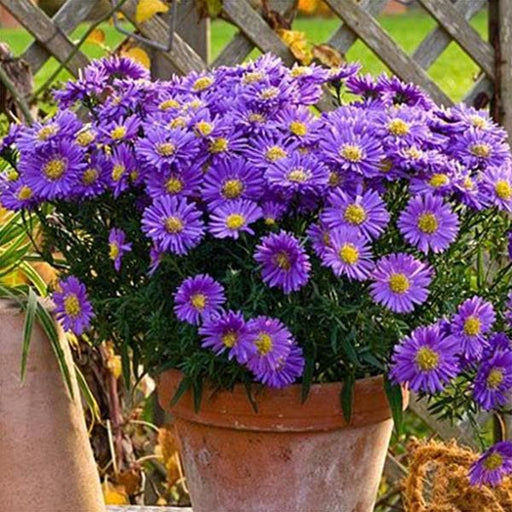 Sold out
Sold out
Aster (Violet) - Plant The Aster (Violet) is a stunning perennial flower known for its vibrant purple blooms that grace gardens from late ...
View full details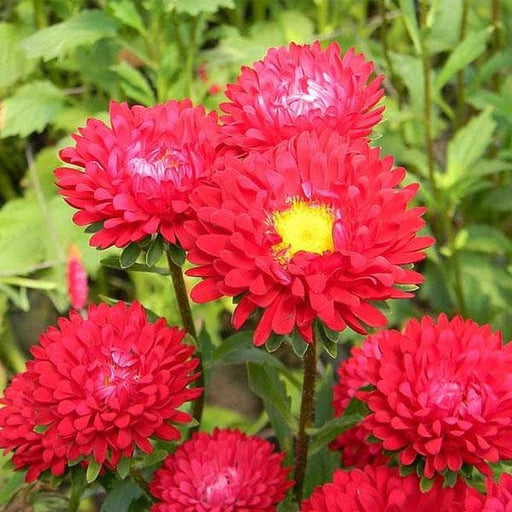 Sold out
Sold out
Aster (Red) - Plant The Aster (Red) is a stunning perennial flower that brings vibrant color and life to any garden. Known scientifically ...
View full details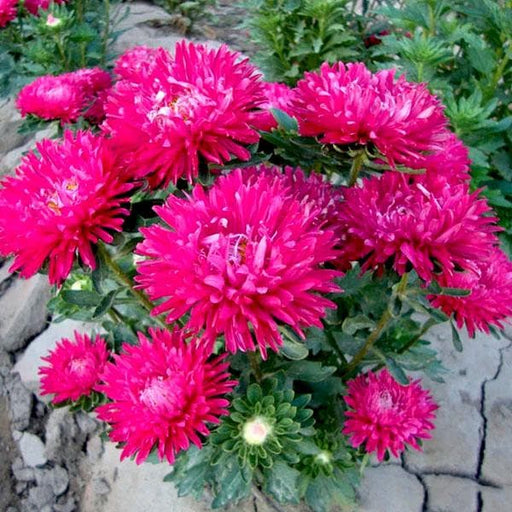 Sold out
Sold out
Aster (Pink) - Plant The Aster (Pink) is a stunning perennial flower that brings a burst of color to any garden or landscape. Known for it...
View full details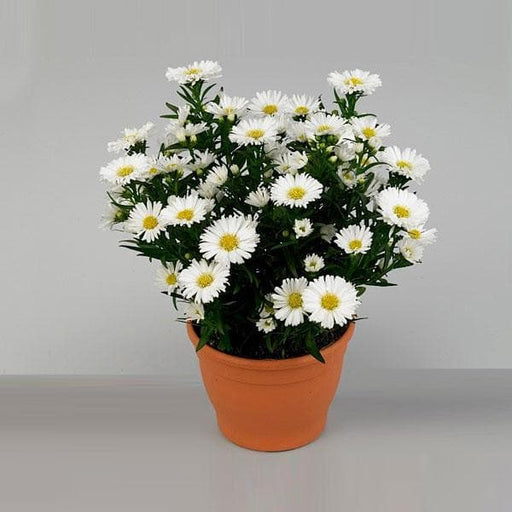 Sold out
Sold out
Aster (White) - Plant The Aster (White) is a stunning perennial flower that brings elegance and charm to any garden. Known for its delicat...
View full details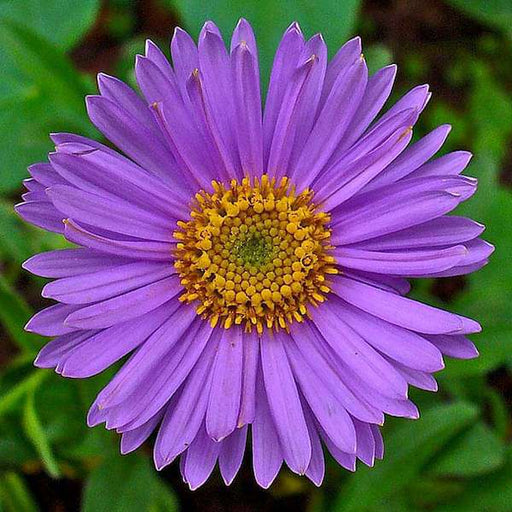 Sold out
Sold out
Aster (Any Color) - Plant The Aster plant, renowned for its vibrant blooms and diverse color palette, is a perennial favorite among garden...
View full details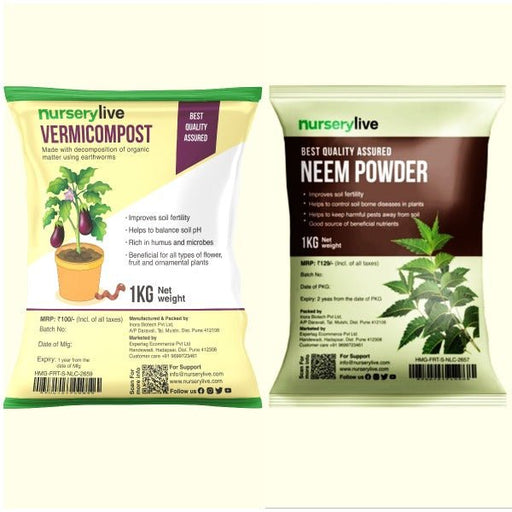 Save 15%
Save 15%
Pack of Vermicompost and Neem Cake for House Plants Transform your indoor garden with our premium Pack of Vermicompost and Neem Cake, spec...
View full details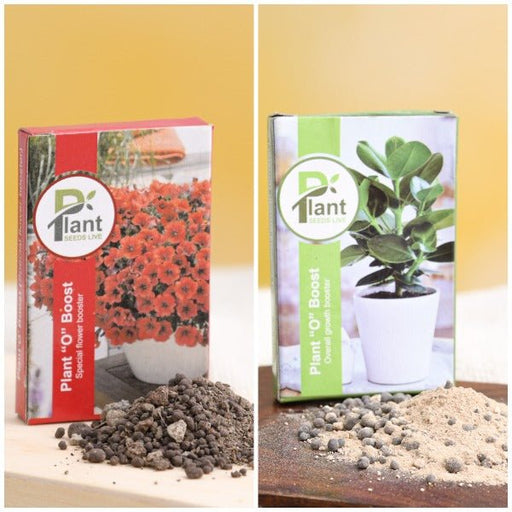
Pack of Plant Growth and Flower Boosters Unlock the full potential of your garden with our Pack of Plant Growth and Flower Boosters! This ...
View full details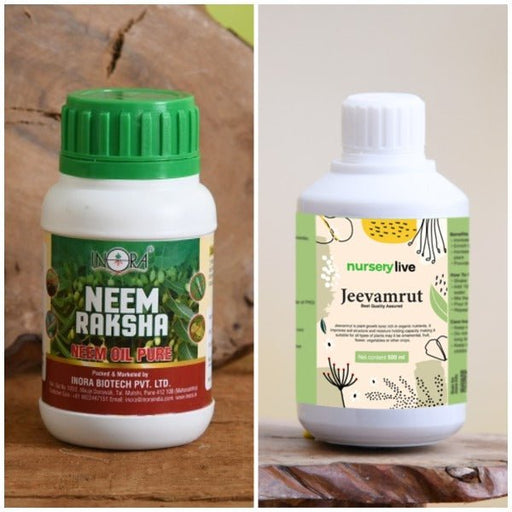 Save 38%
Save 38%
Combo of Jeevamrut and Neem Raksha for Easy Growth and Protection of Houseplants Transform your indoor garden with our exclusive combo of ...
View full details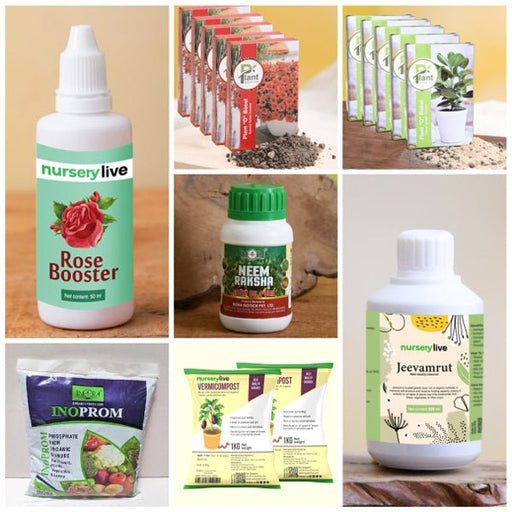 Save 22%
Save 22%
Plant Nutrients Kit (Pack of 16) for a Healthy Garden Transform your garden into a lush paradise with our Plant Nutrients Kit, featuring 1...
View full details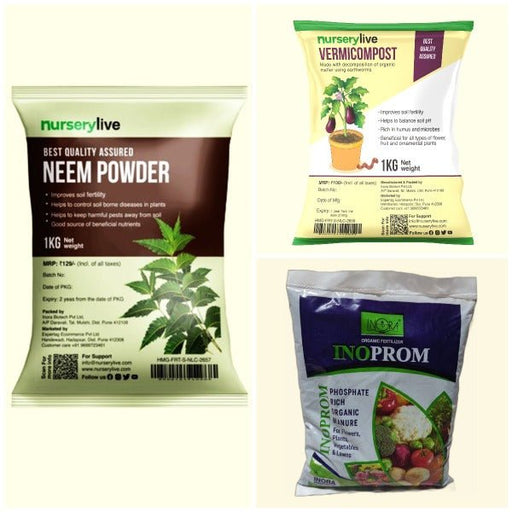 Save 16%
Save 16%
Combo of Top Plant Fertilizers Elevate your gardening game with our exclusive Combo of Top Plant Fertilizers, featuring two bags of premiu...
View full details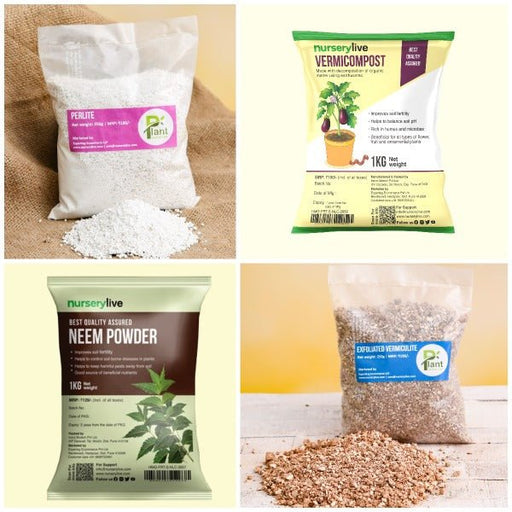 Save 24%
Save 24%
Pack of 4 Additives to Make Soil Healthy and Nutrient Rich Transform your garden into a thriving ecosystem with our Pack of 4 Additives de...
View full details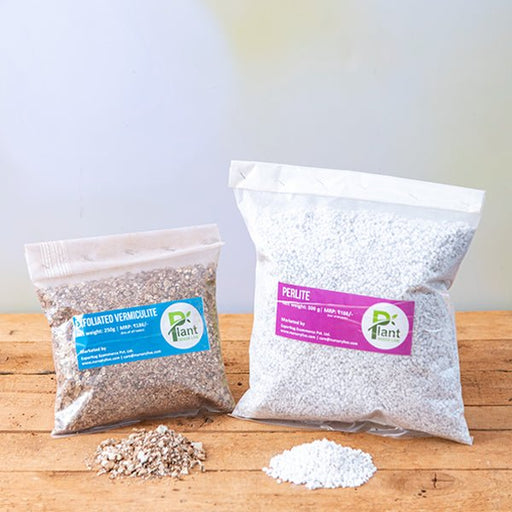 Save 30%
Save 30%
Transform your gardening experience with our premium Combo of Perlite and Vermiculite. This unique blend is designed to enhance soil aeration and ...
View full details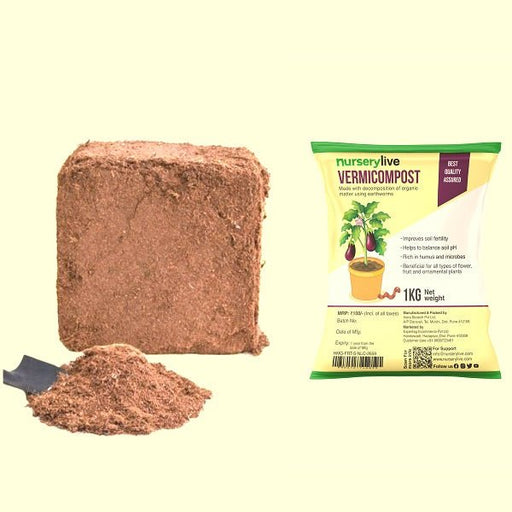 Save 27%
Save 27%
Combo of 2 Vermicompost and Cocopeat - Enrich Your Soil Naturally! Transform your garden into a thriving ecosystem with our Combo of 2 Ver...
View full details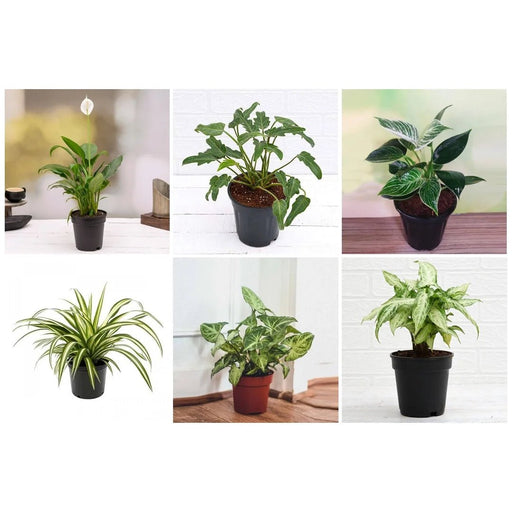
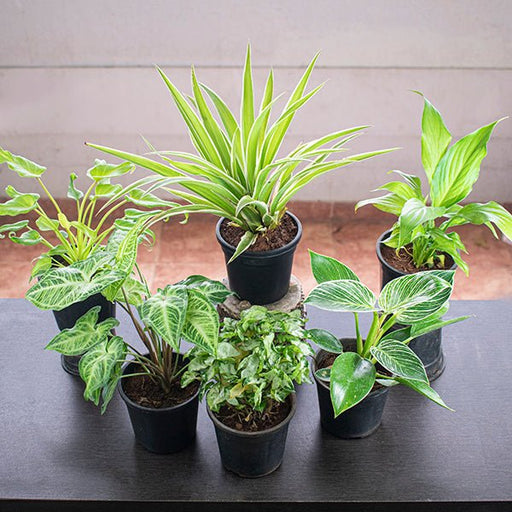 Save 35%
Save 35%
Best 6 Plants for Perfect Indoor Garden Transform your living space into a lush oasis with our curated collection of the Best 6 Plants for a...
View full details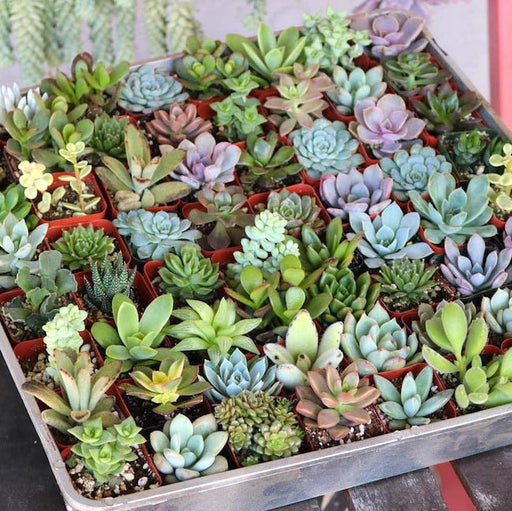
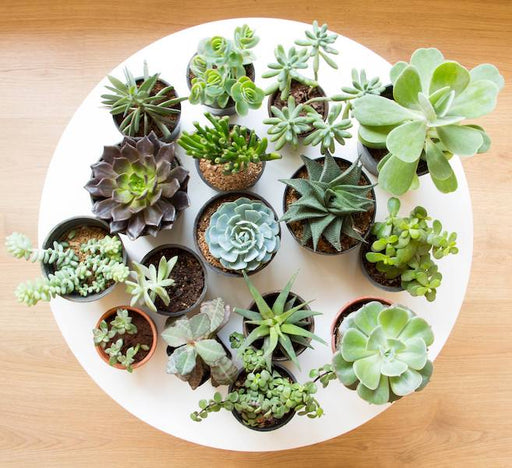 Save up to 50%
Save up to 50%
Mini Succulent Garden Pack Transform your space with our Mini Succulent Garden Pack, featuring a delightful collection of 4 any variety beautiful s...
View full details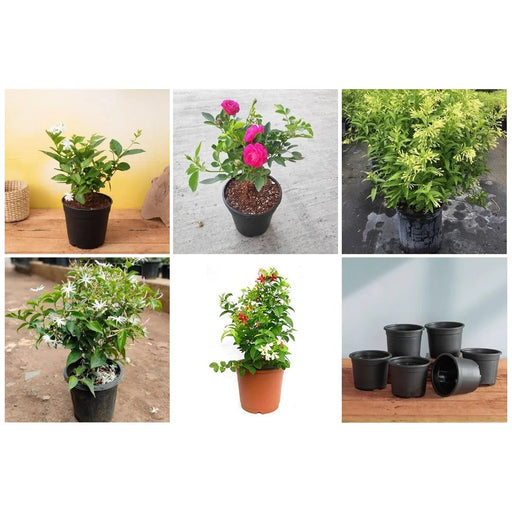
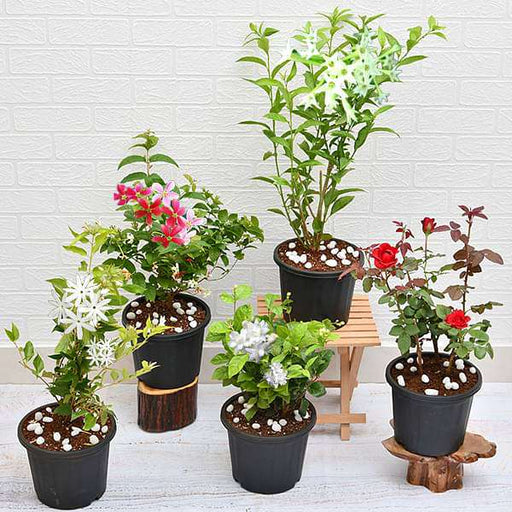 Save 30%
Save 30%
5 Best Fragrant Plants Transform your garden or indoor space into a fragrant paradise with our curated selection of the 5 Best Fragrant Plants. Th...
View full details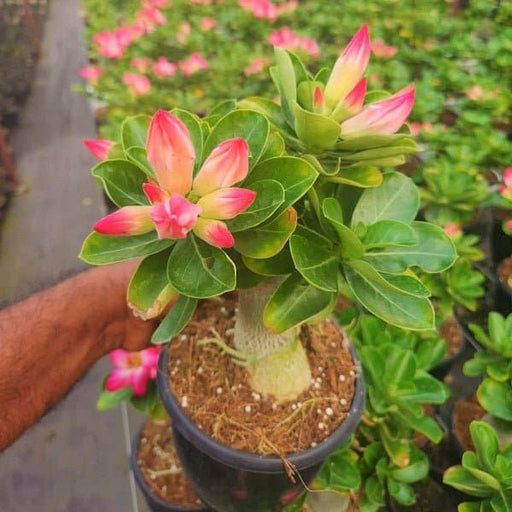
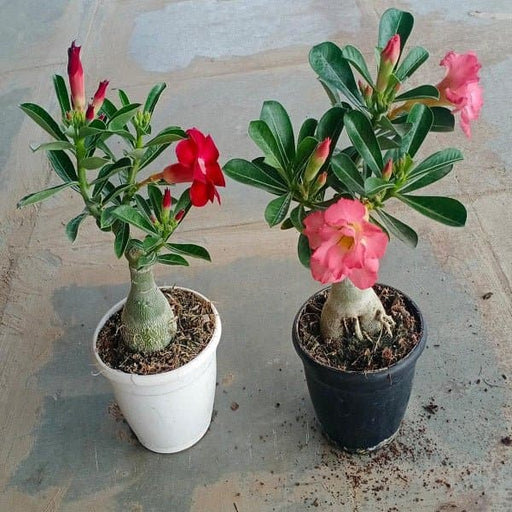 Save 24%
Save 24%
Set of 2 Bonsai Looking Grafted Adeniums Transform your indoor or outdoor space with our exquisite Set of 2 Bonsai Looking Grafted Adenium...
View full details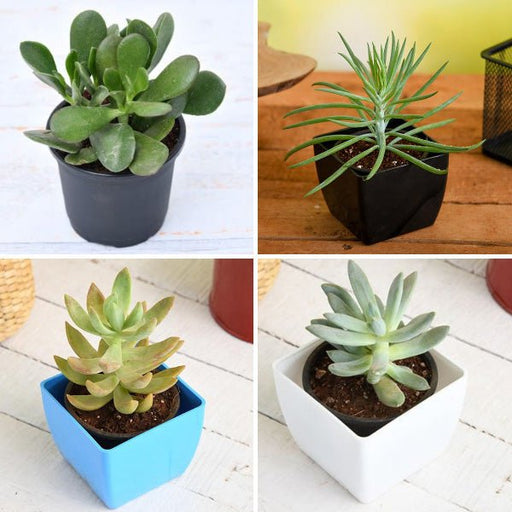 Save 45%
Save 45%
Top 4 Die Hard Succulents Pack Transform your indoor or outdoor space with our Top 4 Die Hard Succulents Pack, featuring a curated selecti...
View full details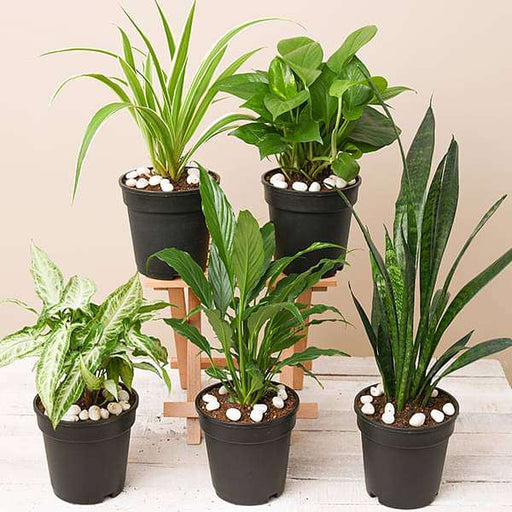
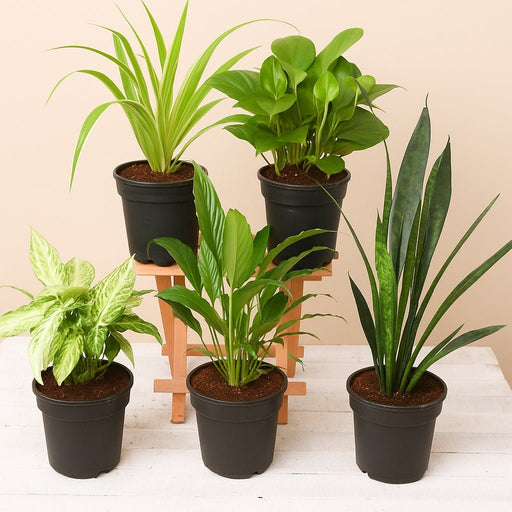 Save 30%
Save 30%
5 Best Indoor Plants Pack Transform your living space into a lush oasis with our '5 Best Indoor Plants Pack.' This carefully curated collection fe...
View full details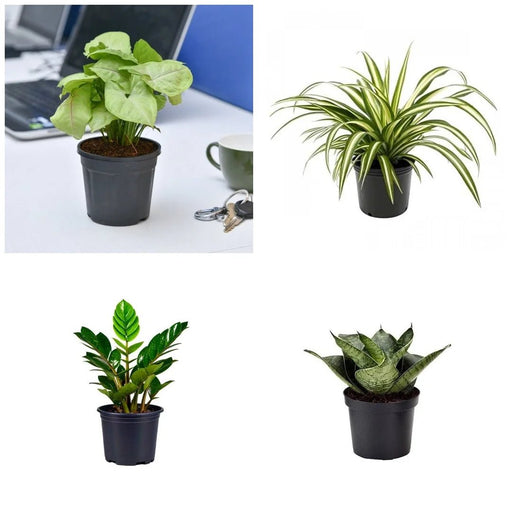
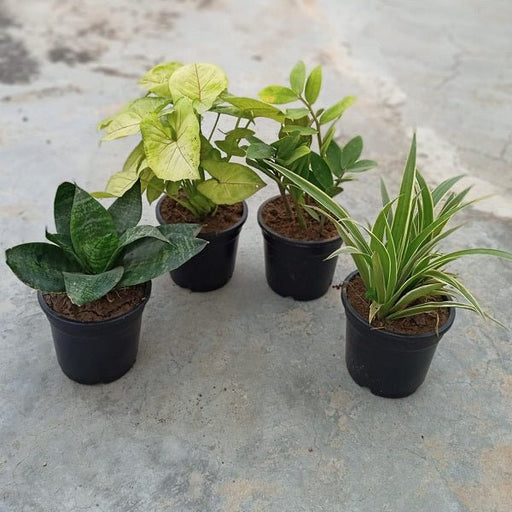 Save 25%
Save 25%
Set of 4 Evergreen Air Purifier Plant Pack Transform your indoor space into a lush, green oasis with our Set of 4 Evergreen Air Purifier Pla...
View full details| SrNo | Item Name | Qty |
|---|---|---|
| 1 | Aster (White) Plant in 6 inch (15 cm) Pot | 1 |
The Aster (White) is a stunning perennial flower that brings elegance and charm to any garden. Known for its delicate white petals and vibrant yellow centers, this plant blooms from late summer to fall, providing a beautiful display when many other flowers have faded. With its ability to attract pollinators like bees and butterflies, the Aster not only enhances your garden's aesthetic but also supports local ecosystems.
What makes the Aster (White) special is its resilience and adaptability. This hardy plant thrives in various soil types and conditions, making it an excellent choice for both novice and experienced gardeners. Its long-lasting blooms and ability to naturalize in gardens ensure that it will return year after year, creating a perennial display of beauty.
Special features of the Aster (White) include its drought tolerance and low maintenance requirements. This plant is not only visually appealing but also environmentally friendly, as it helps improve soil health and provides habitat for beneficial insects.
Aster care is like giving your plant a spa day—water, sunlight, and a little love go a long way. These beauties thrive in well-drained soil and prefer full sun, so make sure they’re not stuck in the shade like a wallflower at a dance. Regular deadheading will keep them blooming like they’re auditioning for a floral fashion show. Just remember, too much water can lead to root rot, which is like a bad hair day for your plant. So, treat your Aster to the right conditions, and it’ll reward you with a vibrant display that’ll make your neighbors green with envy.
Aster varieties are like a box of chocolates—each one has its own unique flavor and charm. From the classic New England Aster to the delicate Alpine Aster, there’s a type for every garden personality. Some bloom in late summer, while others wait until fall to strut their stuff. With colors ranging from soft pastels to bold purples, you can mix and match to create a floral masterpiece. Just be careful not to get too carried away; you don’t want your garden to look like a paint factory explosion. Choose wisely, and your Aster collection will be the talk of the town.
Planting Asters is like setting the stage for a grand performance. Choose a sunny spot with well-drained soil, and make sure to give them enough space to spread their wings—err, leaves. Dig a hole that’s twice as wide as the root ball, and don’t forget to loosen the roots a bit; they can be a bit shy at first. Water them in like you’re giving them a refreshing drink after a long journey. And remember, patience is key; these beauties may take a little time to settle in, but once they do, they’ll be ready to steal the show.
Aster pests are the uninvited guests at your garden party. Aphids, spider mites, and slugs can crash the scene and ruin the fun. But fear not! A little vigilance and some natural remedies can send these party crashers packing. Introduce beneficial insects like ladybugs to keep the aphids in check, or use neem oil to give those pesky mites the boot. Regularly inspecting your plants will help you catch any troublemakers before they turn your Aster soirée into a disaster. With a little effort, you can keep your garden pest-free and your Asters looking fabulous.
Aster companion plants are like the perfect sidekicks in a buddy cop movie—together, they create a dynamic duo that’s hard to beat. Pair your Asters with tall sunflowers for a dramatic height contrast or mix them with low-growing ground covers to create a lush tapestry. Not only do companion plants enhance the beauty of your garden, but they can also help deter pests and improve soil health. Just be sure to choose plants with similar sunlight and water needs, or you might end up with a garden rivalry instead of a harmonious partnership.
Aster propagation is like playing matchmaker for your plants. You can easily propagate Asters through division or cuttings, ensuring that your garden stays vibrant and full of life. When dividing, make sure to do it in early spring or fall, and don’t be afraid to get your hands dirty. For cuttings, snip a healthy stem and place it in water until roots develop—voilà, you’ve got yourself a new plant! Just remember, patience is a virtue; it may take some time for your new Asters to bloom, but the wait will be worth it when they finally show off their colors.
Aster diseases are the drama queens of the plant world, always looking for attention. From powdery mildew to root rot, these ailments can wreak havoc on your beloved blooms. But don’t panic! Prevention is your best defense. Ensure good air circulation and avoid overcrowding to keep those pesky fungi at bay. If you do spot a sickly Aster, act fast—remove affected leaves and treat with fungicides if necessary. With a little TLC and a watchful eye, you can keep your Asters healthy and thriving, leaving the drama to the soap operas.
Aster blooming season is like the grand finale of a fireworks show—everyone’s waiting for the big reveal! Depending on the variety, Asters can bloom from late summer to fall, adding a splash of color when many other plants are winding down. Their vibrant hues can brighten up any garden and attract pollinators like bees and butterflies, turning your yard into a buzzing paradise. So, mark your calendar and prepare for the floral extravaganza; your Asters are ready to take center stage and steal the spotlight.
Aster soil requirements are like a recipe for a perfect cake—get the ingredients right, and you’ll have a masterpiece. These plants prefer well-drained, loamy soil that’s rich in organic matter. If your soil is heavy clay, consider amending it with compost to improve drainage. A pH level between 6.0 and 8.0 is ideal, so a little soil testing can go a long way. Remember, happy roots make for happy plants, so give your Asters the soil they crave, and they’ll reward you with a stunning display that’ll have everyone talking.
Aster watering needs are like a Goldilocks story—too much, and they’ll drown; too little, and they’ll wither. These plants prefer consistently moist soil, especially during their blooming season, but they don’t want to be sitting in a puddle like a kid in a rainstorm. Water them deeply but infrequently, allowing the top inch of soil to dry out between waterings. Mulching can help retain moisture and keep those pesky weeds at bay. With the right watering routine, your Asters will flourish and put on a show that’ll leave you in awe.
Aster fertilization is like giving your plants a gourmet meal—just the right nutrients can make all the difference. A balanced, slow-release fertilizer in early spring will set the stage for a spectacular growing season. Avoid over-fertilizing, though; too much nitrogen can lead to lush foliage at the expense of blooms, and nobody wants a garden full of green without the color. A little compost can also do wonders, providing a natural boost that’ll have your Asters thriving. With the right fertilization strategy, your plants will be the envy of the neighborhood, flaunting their vibrant blooms like they just walked off a fashion runway.
Aster (White) - Plant is a charming perennial that blooms with stunning white flowers, adding a touch of elegance to any garden. These beauties are not just pretty faces; they attract pollinators and thrive in various conditions, making them the perfect addition for both novice and seasoned gardeners alike.
Caring for your Aster (White) - Plant is as easy as pie! Just ensure it gets full sun, well-drained soil, and regular watering. Prune dead blooms to encourage new growth, and watch your garden transform into a white wonderland. Remember, a little love goes a long way in the plant world!
The Aster (White) - Plant is a late summer to fall superstar, typically blooming from August to October. It’s like the grand finale of your garden show, bringing a burst of white to the landscape just when you thought the party was over. Get ready for a floral encore!
Absolutely! Aster (White) - Plant loves to strut its stuff in pots. Just ensure the container has good drainage and is large enough for its roots to spread. With the right care, your potted Aster will be the belle of the balcony, dazzling everyone with its white blooms.
Yes, Aster (White) - Plant is like the bouncer of the garden, keeping deer at bay with its unappealing taste. While no plant is entirely deer-proof, these beauties are often left alone, allowing you to enjoy their stunning blooms without worrying about uninvited guests munching on your garden.
Water your Aster (White) - Plant regularly, especially during dry spells. Aim for about an inch of water per week, either from rainfall or your trusty garden hose. Just remember, soggy roots are a no-go, so let the soil dry out a bit between waterings. Happy hydrating!
Aster (White) - Plant thrives in well-drained, loamy soil that’s rich in organic matter. Think of it as the gourmet meal your plant craves! A pH of 6.0 to 8.0 is ideal, so mix in some compost to keep your Aster happy and healthy. It’s a soil party, and everyone’s invited!
While Aster (White) - Plant prefers full sun, it can tolerate partial shade. However, too much shade might lead to leggy growth and fewer blooms. Think of it as a sunbather who occasionally enjoys a little shade; it’s all about balance. So, give it some sun, and it’ll reward you with stunning flowers!
Propagating Aster (White) - Plant is a breeze! You can do it through division in spring or fall. Simply dig up the plant, separate the roots, and replant them. It’s like giving your Aster a family reunion, and soon you’ll have a whole clan of white beauties gracing your garden.
Fear not! Aster (White) - Plant is not considered invasive. It’s a well-behaved perennial that plays nicely with others in the garden. Just keep an eye on its growth, as it can spread over time, but with a little pruning, you can keep it in check. A well-mannered plant is a happy plant!
Aster (White) - Plant can attract a few pesky visitors like aphids and spider mites. But don’t fret! A good blast of water or a gentle insecticidal soap can send them packing. Keep your plant healthy, and it’ll be less appealing to these unwanted guests. A little vigilance goes a long way!
Yes, Aster (White) - Plant is a tough cookie that can survive winter! It’s hardy in many zones, but a little mulch can help protect its roots from the cold. As spring rolls around, it’ll burst back to life, proving that even in the harshest conditions, beauty finds a way to shine!